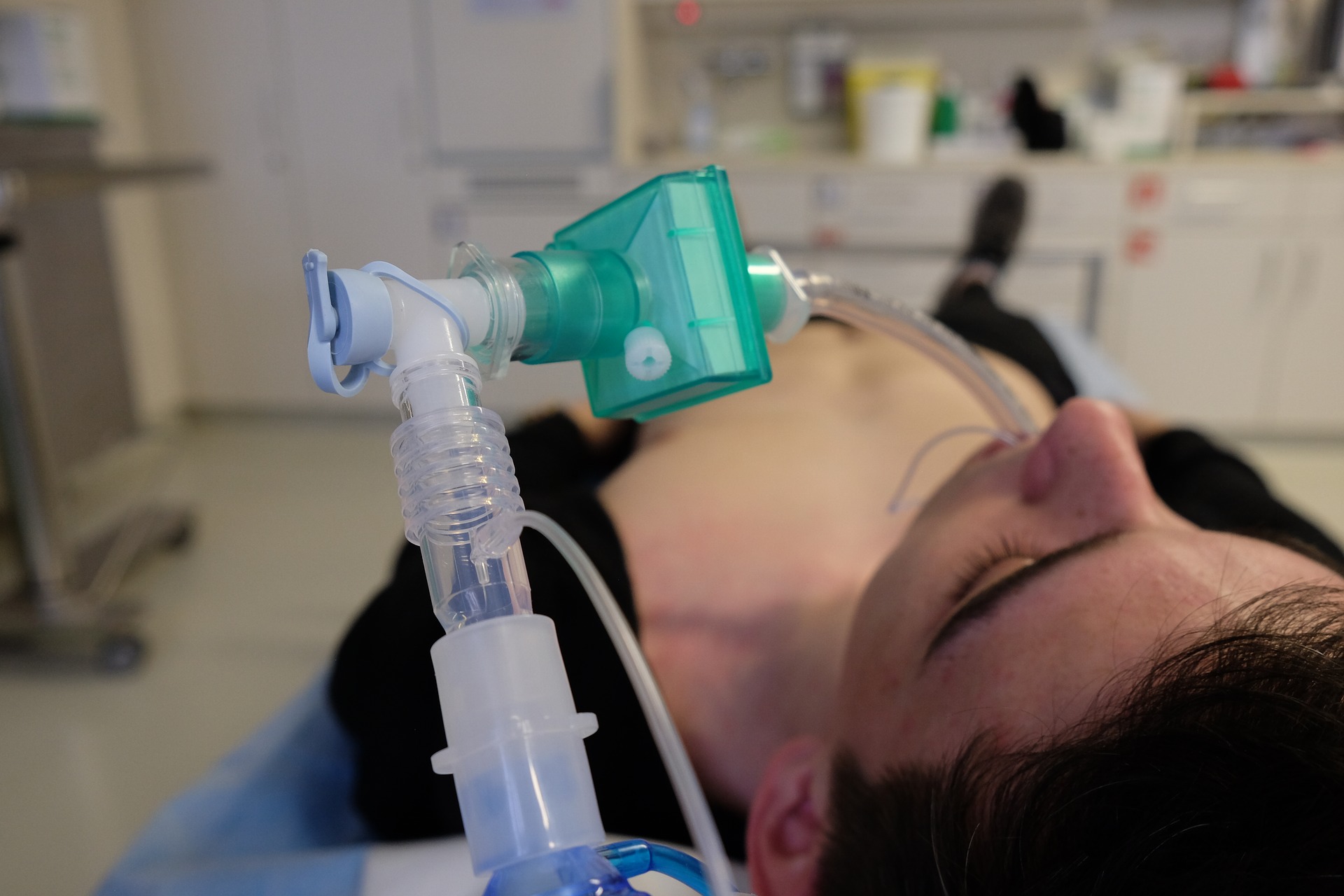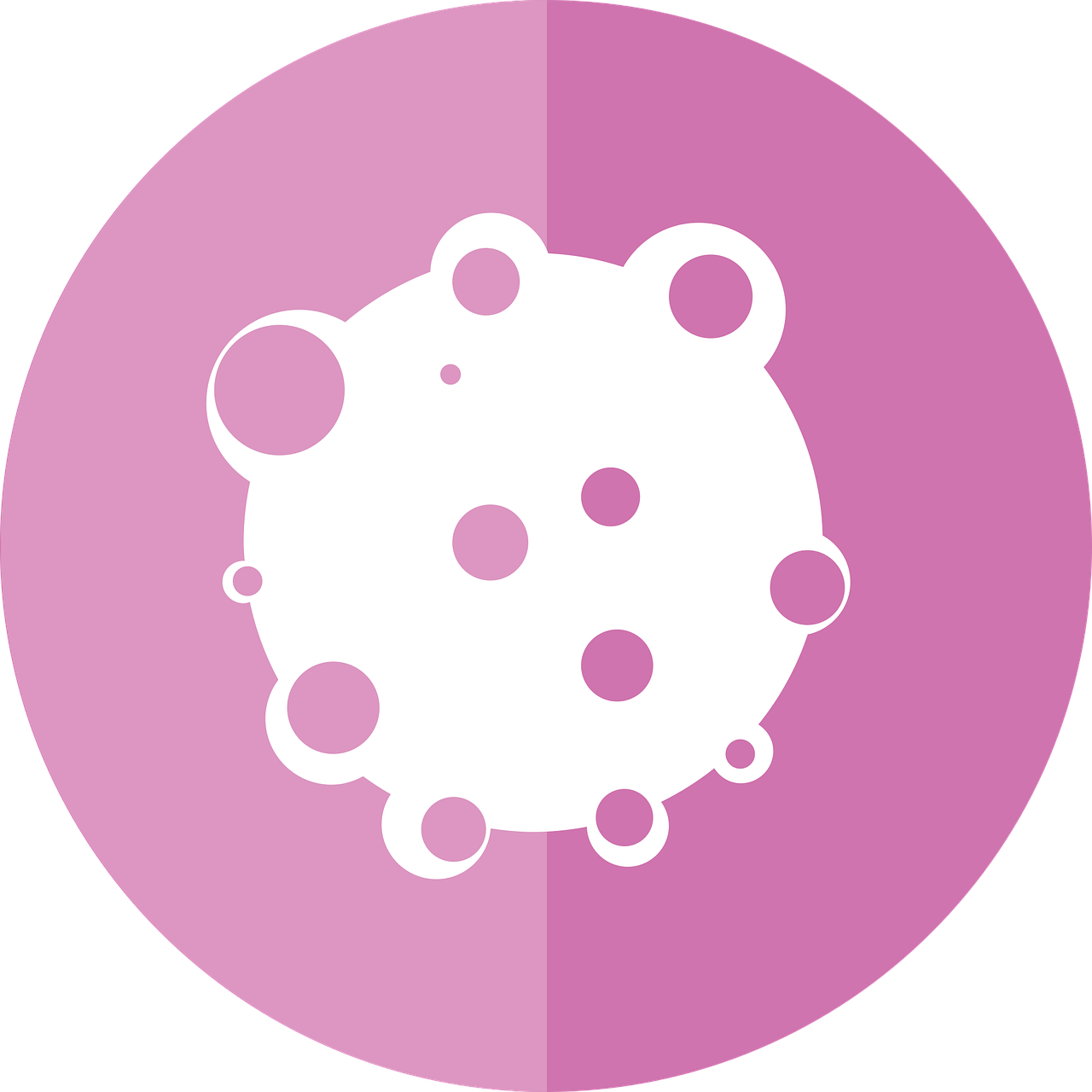Início Medidas preventivas para diminuição no risco de pneumonia associada à ventilação mecânica
cuidados de enfermagem

Medidas preventivas para diminuição no risco de pneumonia associada à ventilação mecânica
Resumo:
Introduction: Invasive mechanical ventilation exposes patients to the risk of acquiring pneumonia associated with mechanical ventilation, which causes high rates of prolonged hospitalization, increased hospital costs and consequent worsening of the clinical picture, increasing the mortality of these patients. Such aspects make pneumonia associated with mechanical ventilation the second main infection related to health care in an intensive care unit. Review: Through the literature review methodology, this study aimed to identify, know and reinforce preventive measures performed by nursing care, capable of reducing the incidence of pneumonia associated with mechanical ventilation in an intensive care unit. Discussion: 22 references were selected, including 19 scientific articles, a book and two publications by health organizations, all in Portuguese. Final considerations: Based on the consulted literature, it was concluded that adherence to preventive measures is a powerful instrument to define strategies that increase the quality of health care in patients in intensive care units in invasive mechanical ventilation. It is suggested that educational measures aimed at the implementation of bundles for the prevention of pneumonia associated with mechanical ventilation be developed for the entire health team that works in an intensive care unit, especially for the nursing team, whose professionals are the ones who most are related to this type of care.
Keywords: Pneumonia associated with mechanical ventilation, artificial respiration, nursing care.
Expandir Resumo
Acessar Texto Completo

Práticas integrativas e complementares e suas aplicabilidades nos campos de formação e atuação de enfermeiro
Resumo:
Introduction: Integrative and Complementary Practices have gradually strengthened significantly since they became a reality in the field of health and a National Policy of Integrative and Complementary Practices (PNPIC), in 2006. However, the applicability of these integrative practices in the process of caring in nursing and the relationship with the role of the nurse deserve to be reflected, even 14 years after the PNPIC was implemented. Objective: to highlight the integrative and complementary practices in the fields of education and performance of nurses, described in the national scientific production. Review: integrative of the literature carried out in the Lilacs, Bdenf, Medline, Scielo, Mosaico, VHL and Ebsco databases and databases based on the descriptors nursing care, nursing education, alternative therapies, complementary therapies, in Portuguese and available in full being guided by the question: “In what way have PICs been approached and used in the fields of education and performance of nurses? Discussion: The nurse demonstrates an understanding that the know-how of the PICs requires levels of understanding and appropriation of the technical, scientific and ethical knowledge of the profession, which are deficient or negligent in professional training, however such a gap does not prevent the experiences lived with the PICS that evidently they have been practiced based on empiricism, impairing such applicability in a competent way in the nurses' actions. Final considerations: PICs have been adopted in nursing practice, however the knowledge limitation for such applicability is conscious on the part of Nurses, elucidating concerns to carry out and manage them within the care process, as well as encouraging better training and dialectical spaces related, both in the academic area and in continuing / permanent education.
Keywords: nursing care; nursing education; alternative therapies; complementary therapies.
Expandir Resumo
Acessar Texto Completo

Violência doméstica: mulheres vítimas da violência e do despreparo das equipes de enfermagem
Resumo:
Introduction: Domestic violence against women is understood as any action or omission based on gender at some point in their life that causes death, injury, physical, sexual or psychological suffering, in addition to moral or patrimonial damage. It is an extremely serious public health problem due to the short, medium and long term consequences. Unfortunately, many professionals are unprepared to provide assistance to the victim, due to limiting factors, resulting in underreporting of cases. Objective: to highlight the reasons why nursing teams find it difficult to care for women victims of domestic violence. Review: Integrative of relevant evidence-based studies, published between 2015 and 2020, in Portuguese and English, available in full in the SciELO, Science Direct and BVS databases. DISCUSSION: The integration of the selected literature makes it possible to infer that the lack of qualification to identify cases of violence and insufficient knowledge on the topic, as well as their actions in relation to this issue, are the main evidences of the unpreparedness of nursing teams for an adequate assistance to woman, victim of domestic violence. In view of the complexity that encompasses the phenomenon of violence, nursing care requires planning to promote a reliable, respectful and satisfactory reception, capable of offering the victim the coping options. Final remarks: Awareness about domestic violence as a type of harm to women, as well as short, medium and long term developments are able to benefit not only women, but also all members involved in the intrafamily environment. Therefore, it is necessary to have a dignified, respectful and resolute welcome to each woman, thus providing qualified and effective assistance.
Keywords: primary health care, nursing care, nursing, violence against women and domestic violence.
Expandir Resumo
Acessar Texto Completo

Cuidados de enfermagem relacionados à cardiotoxicidade envolvendo drogas como a antraciclinas e anticorpo monoclonais no tratamento oncológico
Resumo:
Introduction: Cardiovascular diseases in cancer patients are increasingly frequent events, due to advances in cancer therapy that have resulted both in improving quality of life and increasing patient survival. In recent decades, progress in cancer treatment has also resulted in increased exposure of patients to cardiovascular risk factors and chemotherapy with potential for cardiotoxicity. Review: This is a work of bibliographic review of the integrative type, aimed at evaluating nursing care in the use of antineoplastic as main adverse effects to cardiotoxicity and reporting the severity of the use of anthracycline and monoclonal antibody. Discussion: Anthracyclines are antitumor antibiotics, widely used in various types of cancer and monoclonal antibodies is a type of immunological therapy and can be combined with conventional treatments, as it is also an antitumor. Both are a recognized cause of cardiotoxicity. Final considerations: It is of fundamental importance that nursing act before, during and after chemotherapy administration, observing the signs and symptoms and guiding both the patient and the family member about the antineoplastic used, its action on the body, its side effects and care in general.
Keywords:cardiotoxicity, anthracyclines, monoclonal antibody, nursing care.
Expandir Resumo
Acessar Texto Completo

